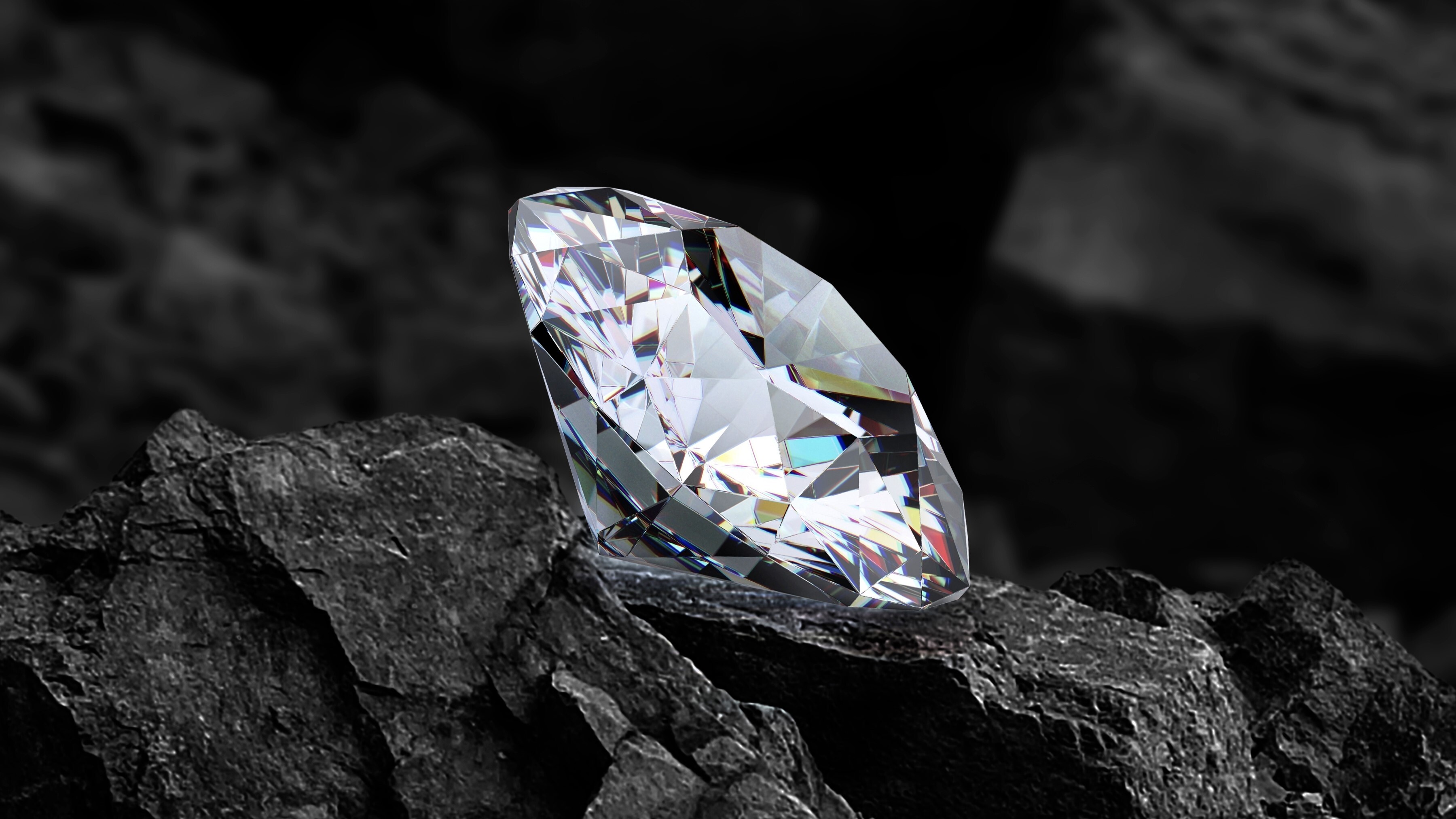
A team of scientists and engineers from two British institutions built the world’s first carbon-14 diamond battery that has the potential to deliver low amounts of power for thousands of years. According to the University of Bristol, the battery uses carbon-14 encased in a manufactured diamond to generate power. The radioactive decay of carbon-14, more popularly known for its use in radiocarbon dating, releases electrons, which are then captured by the diamond’s structure to produce voltage. The concept behind the device is similar to that of solar cells, but it uses the electrons released by the carbon-14 isotope instead of photons to make electricity.
Carbon-14 has a half-life of 5,700 years, so a carbon-14 diamond battery could last just as long, if not longer. This makes it the perfect power source for devices where replacing batteries is inconvenient, impractical, or impossible. For example, they could power implants like pacemakers, reducing the need for the patient to visit their healthcare provider periodically to replace their battery.
💎Scientists and engineers from the UK Atomic Energy Authority (@UKAEAofficial) and the University of Bristol (@BristolUni) have successfully created the world’s first carbon-14 diamond battery.This new type of battery has the potential to power devices for thousands of years,… pic.twitter.com/Kquxpn1PHADecember 4, 2024
“Diamond batteries offer a safe, sustainable way to provide continuous microwatt levels of power. They are an emerging technology that use a manufactured diamond to safely encase small amounts of carbon-14,” said UK Atomic Energy Authority (UKAEA) Director of Tritium Fuel Cycle Sarah Clark.
It could also be used to power spacecraft like Voyager 1, which we launched in 1977 and is still sending data back to Earth in 2024. However, its power is expected to last only until 2036. However, if equipped with a carbon-14 diamond battery, the spaceship could communicate its findings back home for thousands of years.
“Our micropower technology can support a whole range of important applications from space technologies and security devices through to medical implants,” says Professor Tom Scott of the University of Bristol. “We’re excited to be able to explore all of these possibilities, working with partners in industry and research, over the next few years.
If the research team successfully brings this power source to market, it would be a game-changer. A carbon-14 diamond-powered device could mean we no longer have to consider battery replacements for the many devices we’re building, allowing us to install permanent electronics anywhere we want to.







